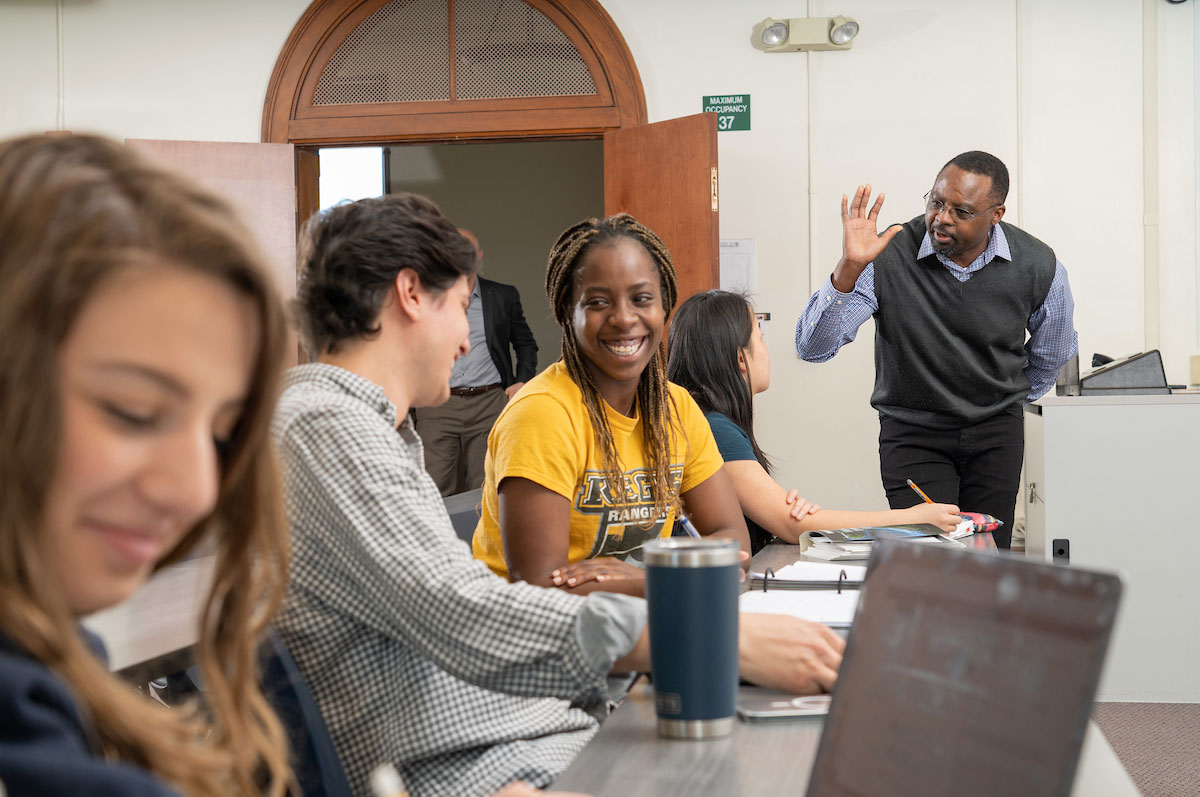Three strategies to keep students engaged with STEM before, and after, the school year ends
Successfully engaging students with STEM (science, technology, engineering and math) isn’t just a matter of having them sign up for a computer science class or handing them a beaker, Greg George believes.
To George, a Regis University assessment and curriculum instructor, STEM is really a problem-solving process.
“In authentic problem-solving situations, how often do we really know all the variables, all the constraints and all the information up front?” said George, who is also the K-12 math coordinator for St. Vrain Valley School District. “Those are the types of problems that the current generation and the next generation are going to be solving.”
So, the end of the school year in sight, how can teachers keep students focused and engaged while maintaining a problem-solving, STEM mindset? George offered the following advice:
Keeping STEM principles in the elementary classroom. George said teachers can encourage a problem-solving mindset with interactive strategies. “Number talks” is a method used in many districts to support mathematical reasoning. In this method, teachers present students with a problem, give them time to think about their answer and then discuss their thought process with the class.
“How do we recognize and celebrate different strategies to solve the same problem? This isn't sharing for the sake of sharing, and skilled teacher facilitation is required,” he said. “There is a correct answer, but we also want to show that divergent thinking can be part of the learning process. There isn't just one way to do things.”
Keeping secondary students engaged in the last months before summer. “The beautiful thing about Colorado, especially as we come up here in springtime is there are opportunities to try something new and break out of the norm,” George said. “Sometimes, that means going outside. We have the luxury to do that.”
At the secondary level, he recommends applying the school environment to classroom concepts. If middle school students are studying geometry, send students around the school grounds to find objects they can study in class. If a high school math student is studying quadratic functions, think of ways to use projectile motion as a motivator to learn about how the concept applies.
George also recommends inviting local businesses or career experts to class. “Sometimes, we think that curriculum only lives within textbooks, our schools, and classroom walls,” he said. “But tapping into the community and other local resources can bring real relevance and new ways to view and engage in content.”
Sending your students off for the summer. When classes wind down, George recommends sharing ideas for summer STEM activities with families.
Whenever possible, George encourages families to visit local museums and libraries as a way to engage with the community. Additionally, he said, families could make time for students to read based on their interests.
“STEM-like thinking involves curiosity and exploration,” he said. “Sometimes, it feels like there isn't a whole lot of choice being offered in school. Reading selection is definitely a place where students can have choice over the summer.”
George also recommends simple activities, from exploring the environment during neighborhood walks to involving kids in meal-planning and cooking.
“That's basically a design process,” he said. “They’re non-traditional, but they definitely are learning opportunities.”
Are you ready to rise to the challenge of acting as an advocate, a resource and an inspiration for students and your colleagues alike? Explore opportunities to lead with a graduate degree in education from Regis University.


